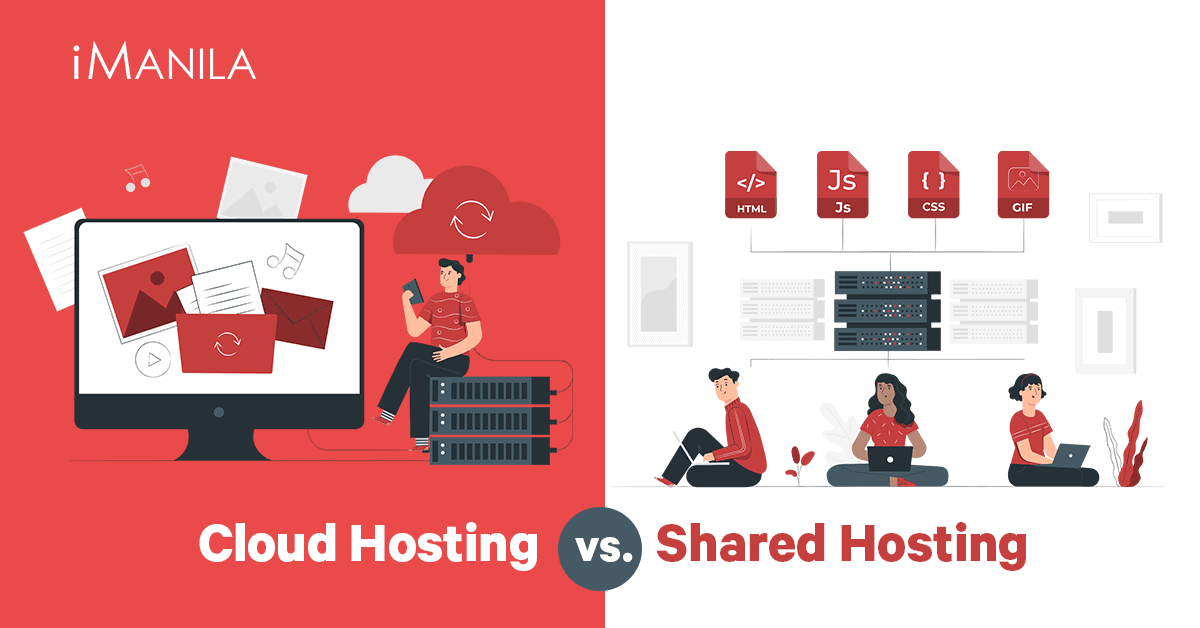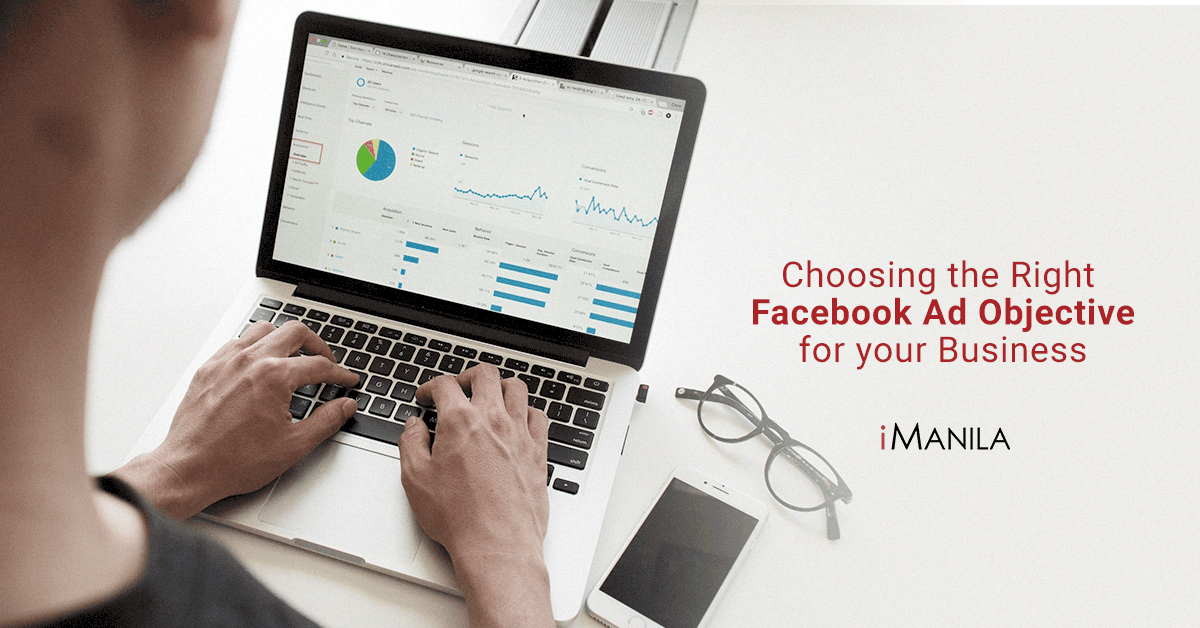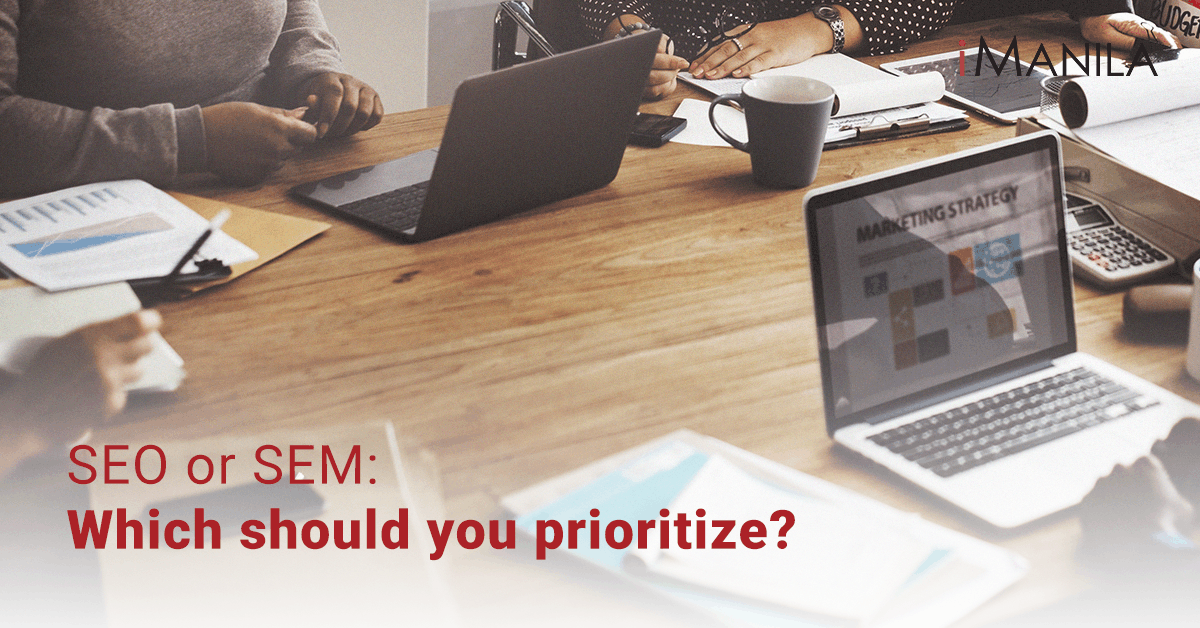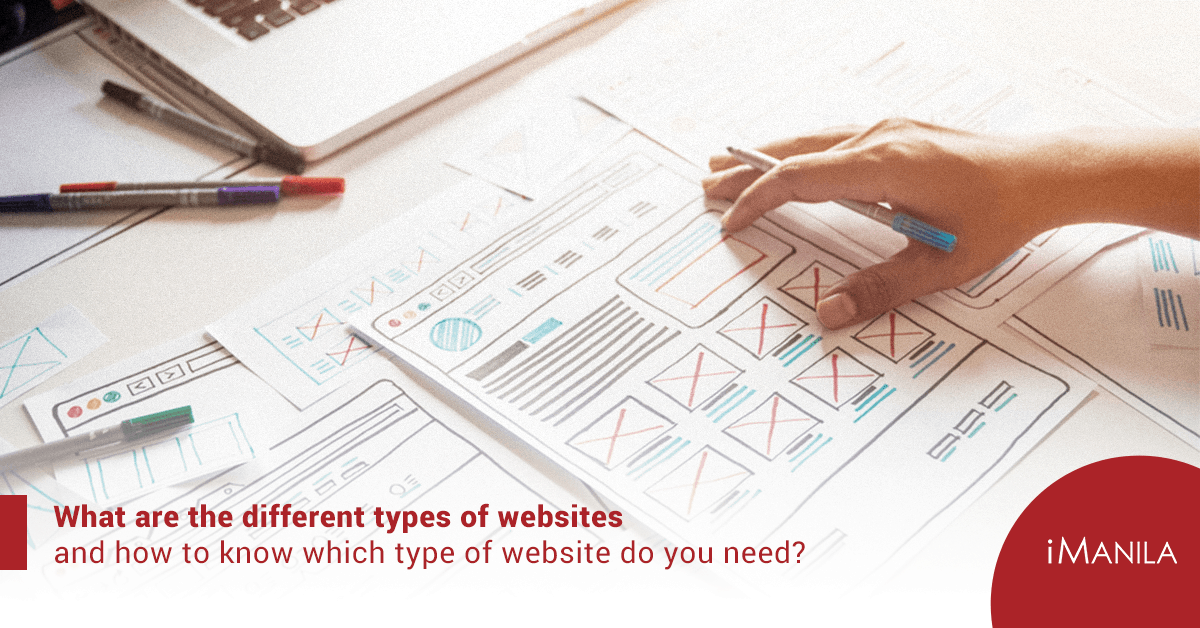‘BER’ Months Marketing Guide for all Digital Marketers
The most wonderful time of the year is coming up! ‘Tis the season to be jolly!
BER months starts from September to December and are the most important months to look at and get excited about as a marketer. These months help fuel up every business to raise more brand awareness, sales initiatives, and engage with customers.
Don’t miss out on the season to grow your brand. Here’s a quick guide to help you during the most anticipated time of the year:
- CREATE EFFECTIVE SEASONAL OFFERS AND PROMOTIONS
What best way to spark joy and entice customers and potential buyers to buy than by adding the “Best Offer” and “% Discount” tags? Seasonal fluctuations in consumer buying behavior always increase during special seasons, particularly the most loved BER months. It’s best to grab the chance.
There are a lot of offers that are doable but always keep in mind that it should be extraordinary from what is usual. Our situation now is different; your special offers should also be. Start with free shipping, shipping voucher codes, followed by 50% off, cashback deals, additional points/rewards, limited-time deals, freebies, and other promotional bundles to induce the buyers.
You should seize the seasonal advantages as well such as gift card deals, holiday bundles, holiday QR Codes, exclusive holiday treats, promo contests, and the famous, free gift wrapping. Make sure that every seasonal promo that you have will always stand out above all other competitors.
- CREATE SEASONAL CONTENTS
It is easier to grab the customer’s attention when you create the best seasonal content. Build up your content for the holidays and highlight the products and categories that are traditionally the most popular during the holiday seasons.
We all know that people tend to look at designs more than the texts, so make sure to create content that is in line with the season, showcasing creative trends and highlighting brand innovation and flexibility. Creative and up-to-date content drives awareness and interest, leading and influencing the customers to decide their way into buying.
Brands that are always in line with the season receive the best kind of word-of-mouth marketing. It engages many consumers to take suggestions, reviews, and then relay it to their family, relatives, and, friends especially when shared on social media.
Let your brand, products, and offers be heard through the use of holiday contents that are just as loud as Christmas jingles.
- KNOW YOUR TARGET AUDIENCE AND TARGET MARKET TO ADVERTISE YOUR BRAND AND PRODUCTS
Effective and successful marketing is knowing the right people that will buy your product and the right place wherein you can advertise your seasonal offers, promotions and, contents.
Design your brand and products directed to as many consumers as possible since people are most likely to spend during the holiday season. As marketers, it’s just our job to make them more aware that your brand exists and is something they need to buy during the holidays.
Get to know your target audience’s interests and make use of that knowledge for your branding to be more effective and specific. Focus on the customers and potential buyers who are actively in pursuit of products related to your industry or who share interest in what you’re selling.
To wrap-it-up, it’s time for your brand to rise and be ready for this season. Although the times now are quite different and even though a lot of people say that Christmas this year may not be the same – let’s keep our hopes up and continue to work towards the objective of ensuring that our brands are holiday-ready.
As we continue to stay at home, let’s keep our businesses moving through digital marketing. There are plenty of ways to reach your target market whether it be through Facebook, Instagram, Linkedin, through Search Engines like Google, through your website, email and other digital marketing platforms.
iManila is the best Web Development and Digital Marketing Agency, and has helped different brands through Website design and development, Apps Development, and Digital Marketing. We’d love to help your brand sleigh BER months. *wink*
Get in touch with us and Contact us to learn more!








